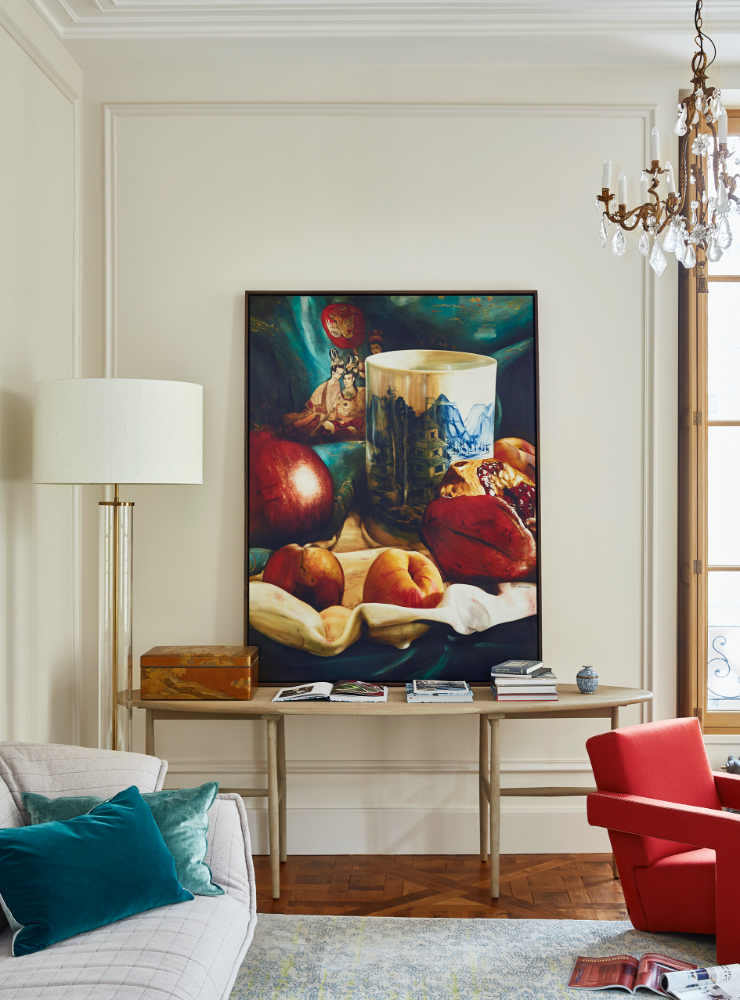
Our understanding and day-by-day interaction with our surroundings is not only experienced by sight; it combines all our senses to create a vivid image of our living and working spaces even after we have left them. Therefore, to improve our experience in such places, we must also turn towards designing with sensitivity to sight, sound, touch, taste, and smell in a way that engages occupants, fosters comfort, and productivity. This is indeed the case as thoughtful sensory design can enhance mood and emotional well-being by catering to individual preferences and needs, and ultimately transforming spaces into harmonious encounters with lingering positive impressions.
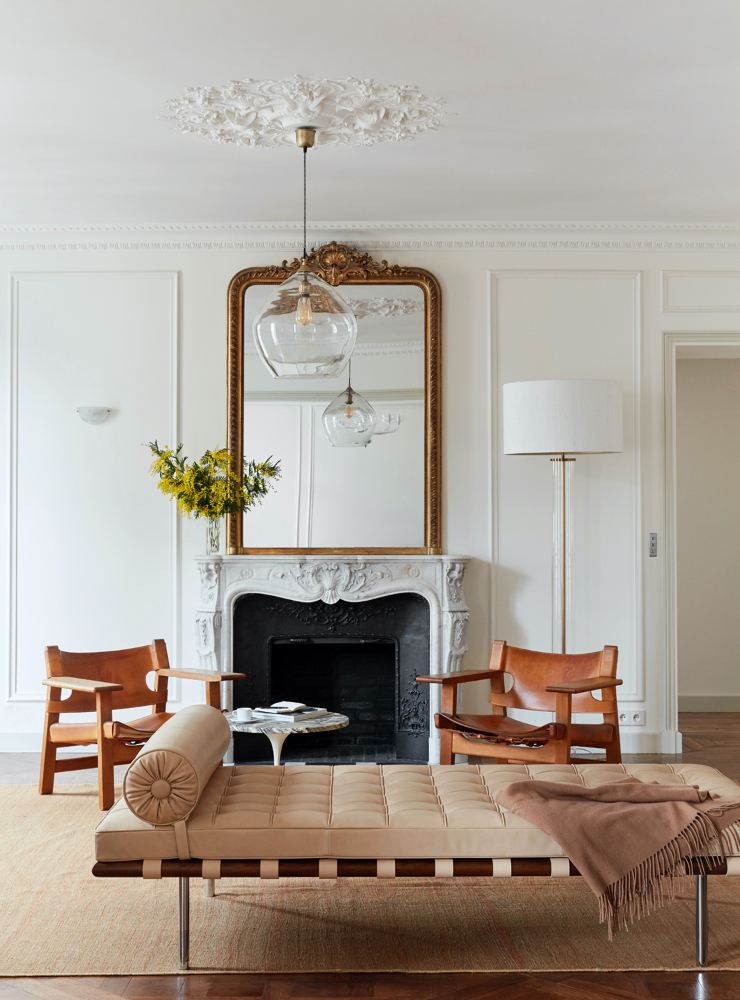
Sight
Let’s start with the most evidently relevant of all senses when discussing interior design. Since the visual appeal of an interior often lies at the core of all décor decisions, the sense of sight can be easily addressed through straightforward methods such as selecting a color palette that evokes specific moods through warm colors for a cozy atmosphere or cool colors like blues and greens for a calming effect. Moreover, a factor related to color is lighting, which comes in various sources such as natural light, ambient lighting, and task lighting to create different visual effects and highlight specific spots.
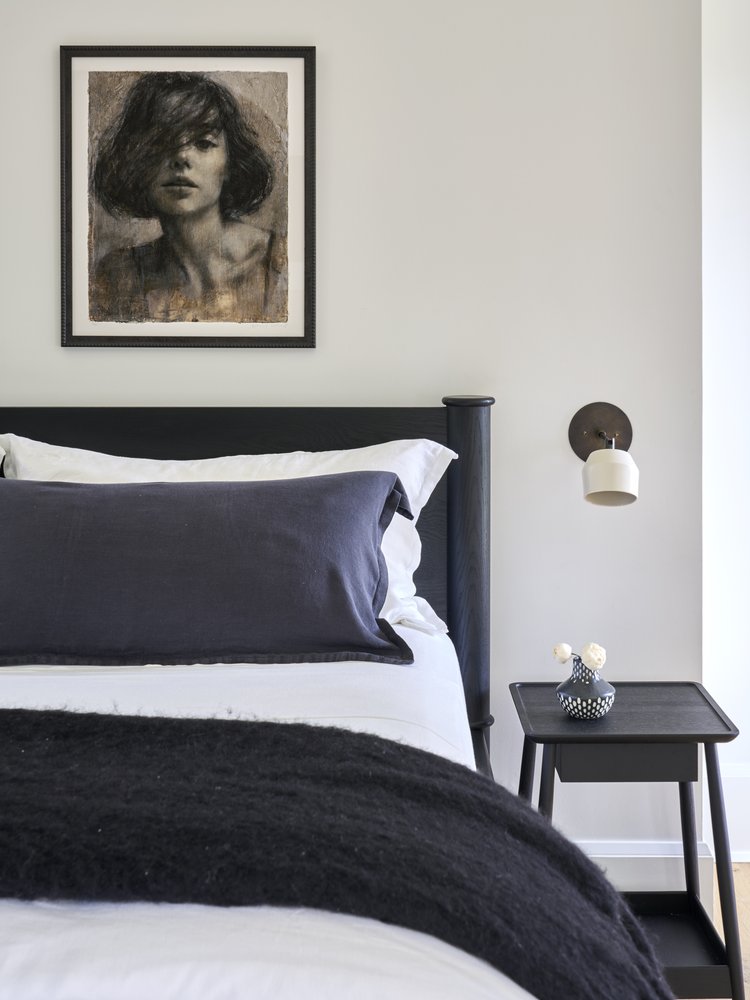
Additionally, for a more intriguing effect that increases visual interest and depth, there is always the option of decorating with expressive art that calls out to you or incorporating décor that tells a story and reflects the theme of your space. These elements can be mixed with the textures in furnishings and unique materials to create a dynamic look that keeps our gaze constantly intrigued.
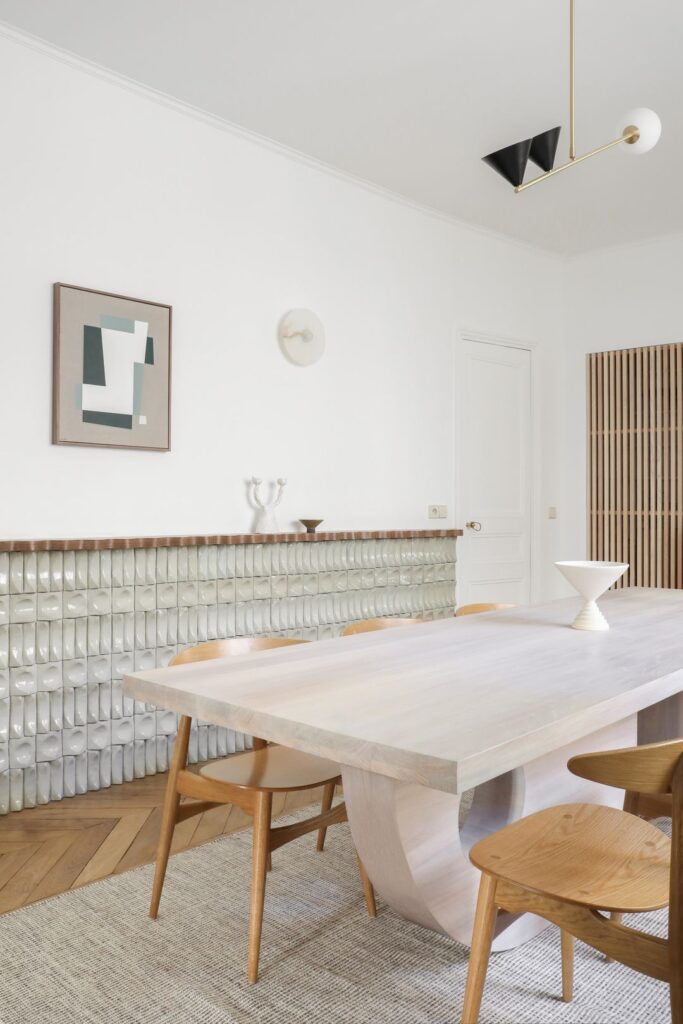
Sound
Unlike sight, sound may seem a bit more difficult to manage through the lens of interior design; however, in reality this task is actually quite simple and encourages us to get creative with our selection of materials. Firstly, one must consider the acoustics of a space and incorporate materials such as acoustic panels, rugs, curtains, and soft furnishings to dampen the noise according to one’s desired level of quiet. For example, a home office can benefit from acoustic panels on walls and ceilings to minimize echoes and create a more productive atmosphere. Meanwhile, a restaurant can take a more theatrical effect by using thick curtains and luxurious upholstered seating to reduce noise levels among tables allowing for easier conversations. Solely by adding a sound system, this effect can be maximized further to allow sound to complement the intended use and ambience of a space.
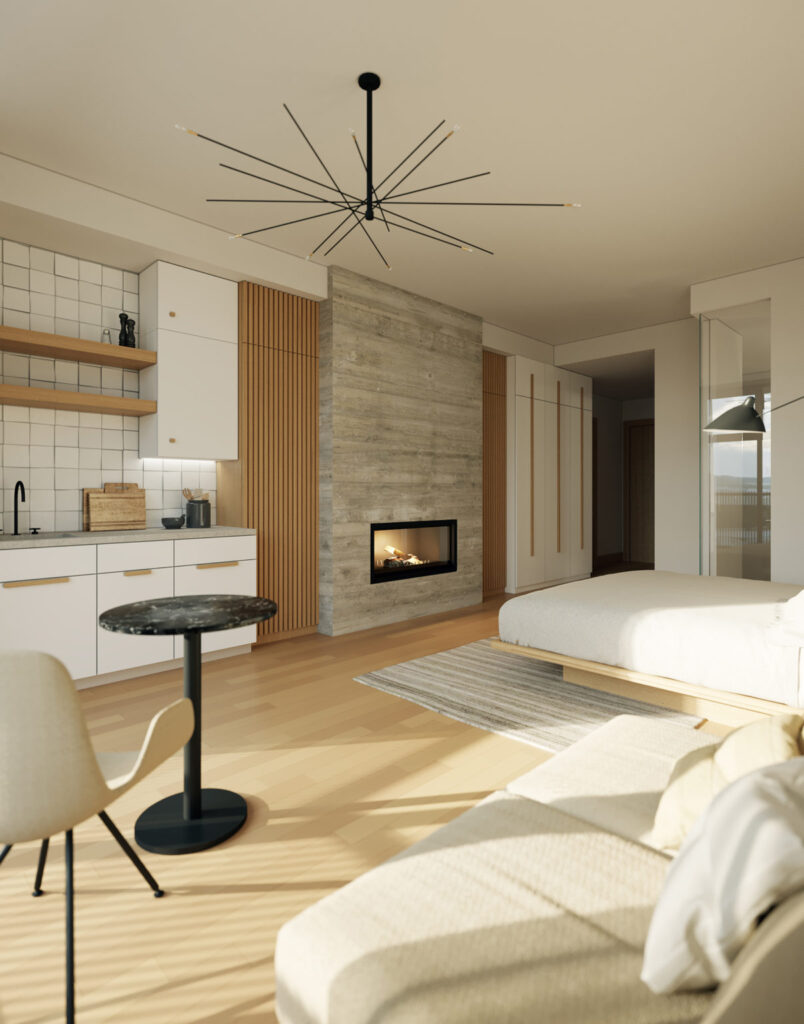
Touch
Naturally, what comes first to one’s mind is texture, and if we want to explore this possibility further one can even incorporate a variety of textures in furniture, fabrics, and materials with smooth, rough, and plush surfaces to keep this sense constantly engaged. Based on the texture, the impression of a room will also change; this is what we can observe by placing plush sofas and velvety throw pillows in a cozy living room to invite people to sink in and relax within the softness of fabrics. However, if one exchanges this softness for a shaggy area rug and rattan furniture, the sensation will change to a more casual and conversational atmosphere.
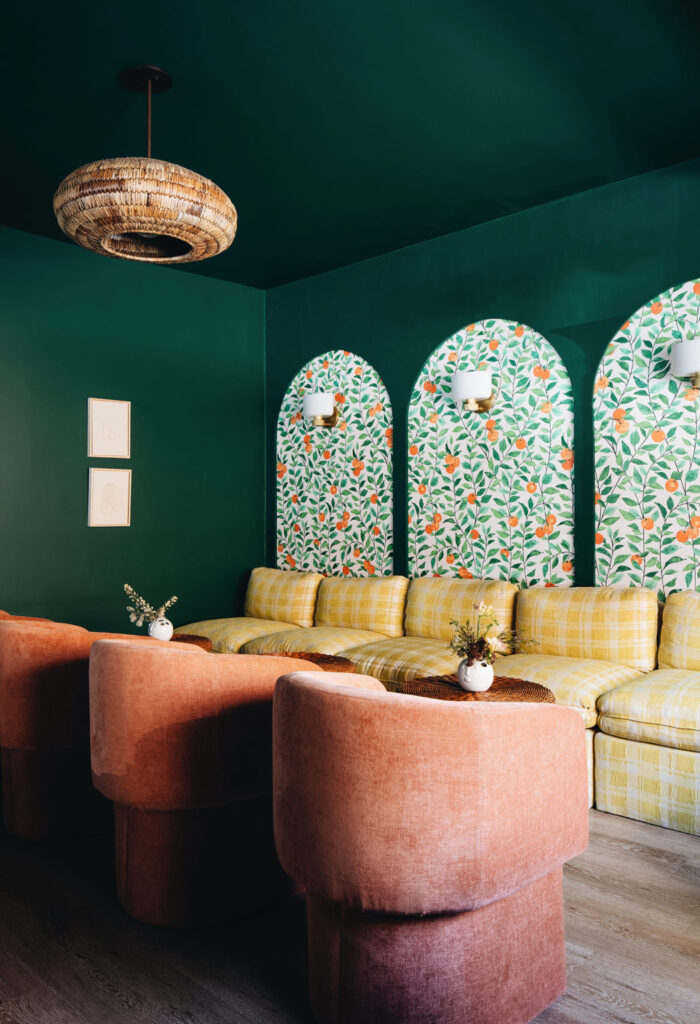
Besides influencing a particular mood, the texture-based design choices can also lead to physically inviting experiences that encourage touch and exploration. Just imagine a modern kitchen enveloped by sleek, handleless cabinets with tactile finishes like matte that contrast gracefully with the marble countertops. In addition to the material selection, there is also the choice of furniture based on comfort and ergonomic appeal that invites people to sit, touch, and interact pleasantly with space. For an added touch, we can ensure that each room is also thermally comfortable, as extreme temperatures block our capacity to enjoy the sensation of touch to the fullest.
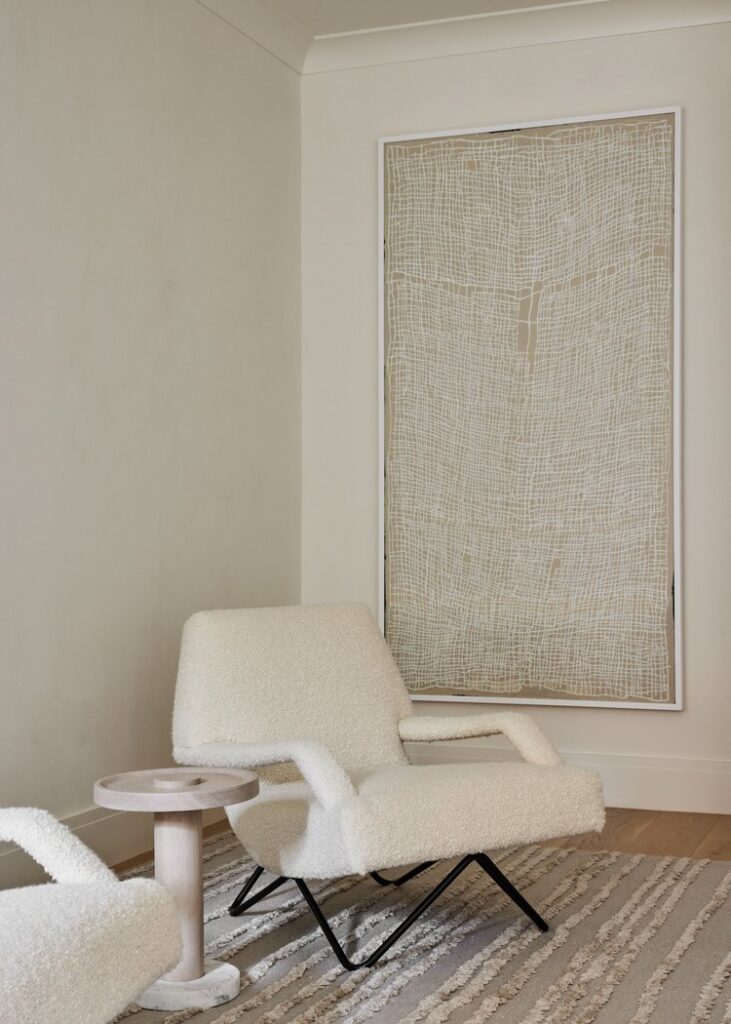
Taste
In this case, the idea is to enhance our culinary experience by adapting the space around it according to the sensations we hope to evoke while highlighting the moment of savoring a dish. This requires us to focus on the design and functionality of kitchen and dining areas in particular and the arrangement of appliances, storage, and seating to awaken our sense of taste and remove any potential distractions. Therefore, the starting point requires us to arrange an efficient layout by placing appliances, countertops, and storage areas within close reach for an efficient cooking process. Since the magic begins in the kitchen, we can incorporate high-quality materials like granite or quartz countertops that are both classy and long-lasting with adequate under-cabinet task lighting and pendant lights to improve visibility and add ambience.
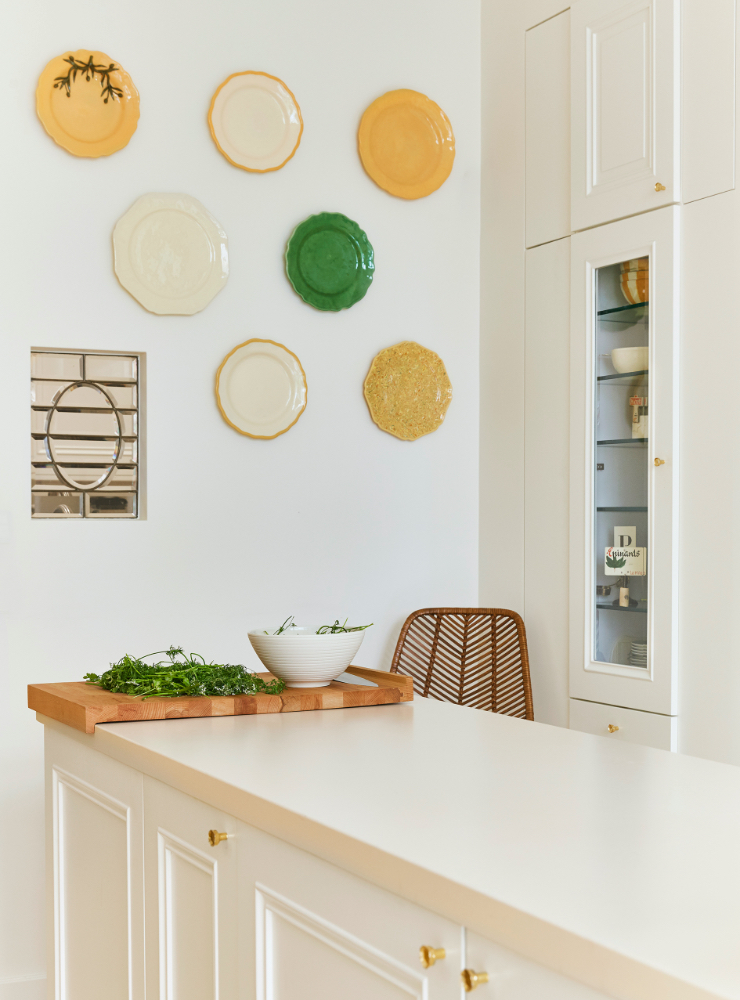
Next, we can focus on the dining experience by using open shelving that displays decorative dishes or ingredients which evoke memories of a particular dish. In addition, one can also foster social interaction for the better enjoyment of meals by integrating comfortable seating and an extensive statement-table either adjacent to the kitchen or within it as exemplified by kitchen islands. Lastly, the effect may only be completed with the use of soothing or appetizing color schemes that influence our perception of space and moods to evoke a connection to fresh ingredients, appetite, or luxury.
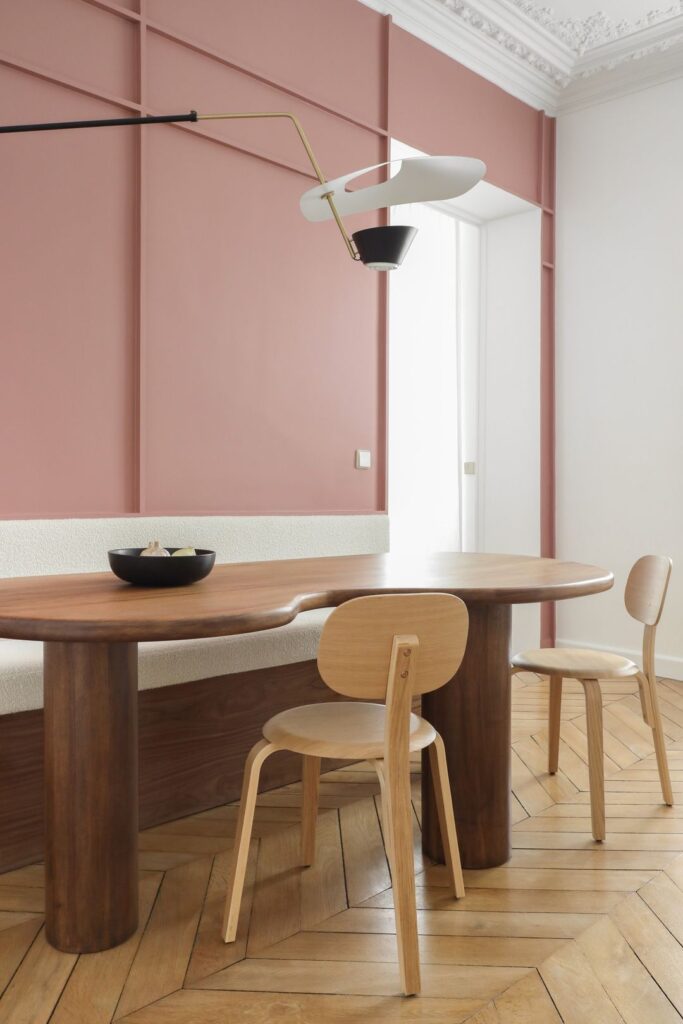
Smell
There are two ways of addressing smell or scent in interior design; the straightforward method would be to use aromatherapy through scented candles, diffusers, or natural fragrances to add pleasant scents to the environment or to evoke particular memories. However, a more subtle approach requires us to consider our material selection based on their natural scents that already contribute to the overall sensory experience.
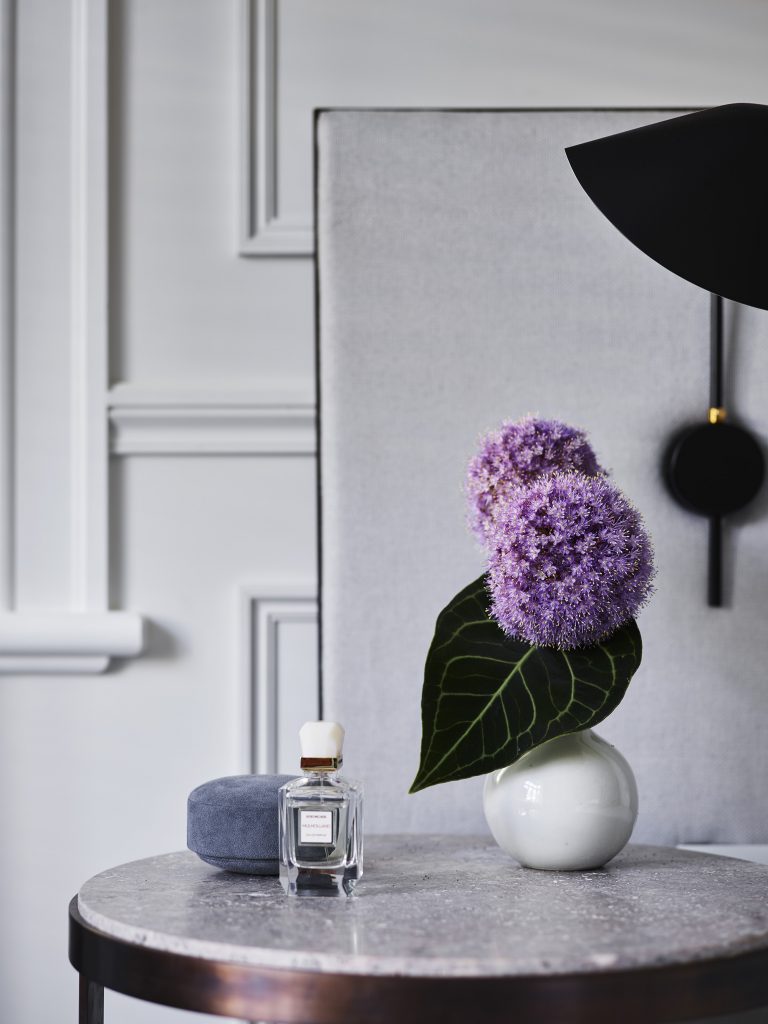
For example, cedarwood is known for its aromatic and earthy scent which is convenient for closets, storage, and furniture to repel insects. Meanwhile, for a floral addition we can turn to untreated woods like rosewood or sandalwood for furniture and décor elements. However, it is not just wood which adds its own aromatic mark on an interior but also features such as leather upholstery and accessories can emit a rich, inviting scent. For all of these to stand out, we must also ensure good air circulation to maintain a fresh and clean-smelling space where natural fragrances can surface.
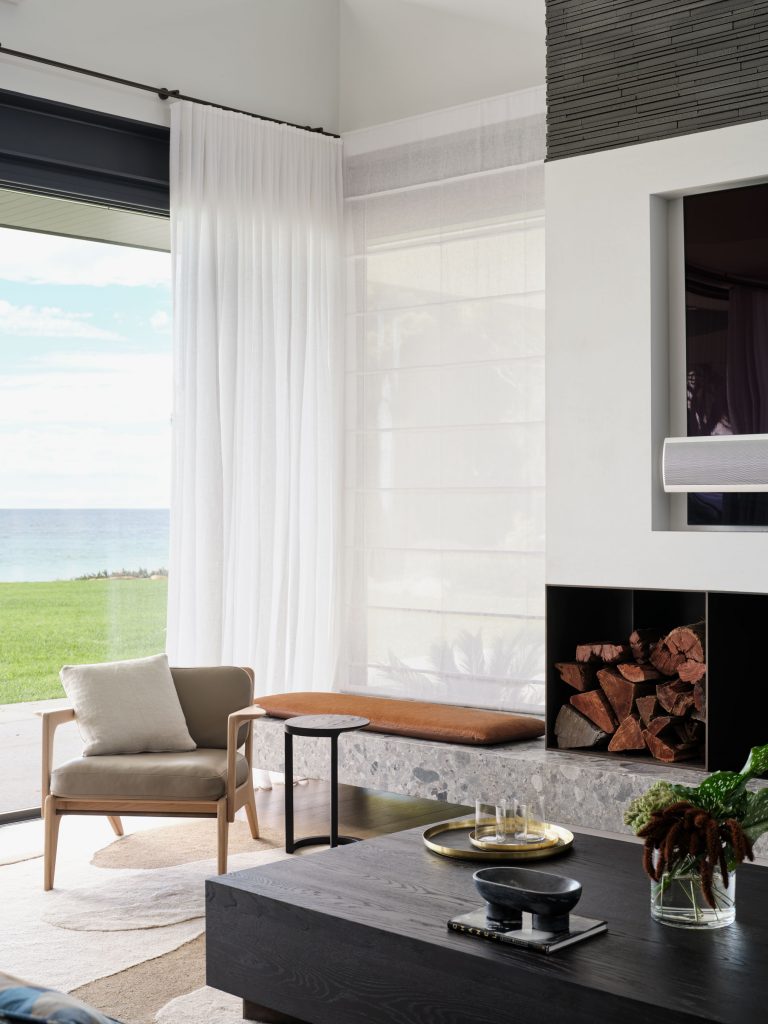
A multisensory experience
As we have seen, interior design is intricately and undeniably connected to all our senses as it shapes our understanding of the spaces around us. For this reason it is important to strive for a cohesive design that harmoniously combines elements stimulating various senses. Whether it is through a cozy reading nook with soft textures, warm lighting, a comfortable dining chair, or a scented candle; all these details will matter at the end of the day to create a holistic experience. Thus, as a multi-sensory endeavor, interior design plays a fundamental role in shaping our daily experiences and physical interactions with space.
